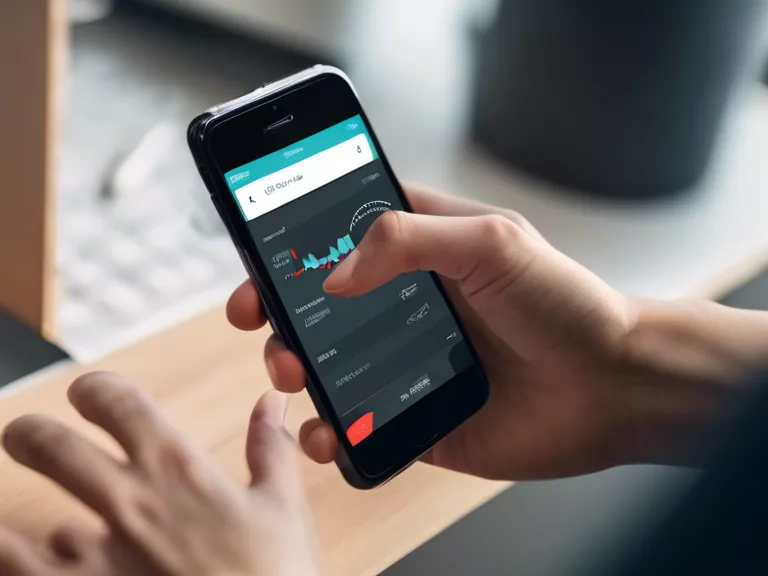
In today's rapidly evolving digital landscape, businesses are constantly seeking ways to streamline their operations and maximize efficiency. One of the most effective ways to achieve this is by implementing custom workflows using mobile app automation tools. These tools allow businesses to automate repetitive tasks, improve communication, and increase productivity. In this article, we will discuss how to create custom workflows using mobile app automation tools.
To begin, it is important to understand the key benefits of using mobile app automation tools for workflow customization. These tools can help businesses save time by automating time-consuming tasks such as data entry, notifications, and scheduling. This allows employees to focus on more strategic tasks that require human input. Additionally, mobile app automation tools can improve communication and collaboration among team members, leading to faster decision-making and better outcomes.
Now, let's delve into the steps involved in creating custom workflows using mobile app automation tools.
Identify the processes that can be automated: Start by identifying repetitive tasks or processes within your organization that can be automated. This could include data entry, task assignment, notifications, and more.
Choose the right automation tool: There are several mobile app automation tools available in the market, such as Zapier, Microsoft Power Automate, and Integromat. Choose the tool that best fits your organization's needs and budget.
Create a workflow: Once you have selected an automation tool, you can start creating custom workflows. This involves defining triggers (events that start the workflow) and actions (tasks that need to be performed).
Test the workflow: Before fully implementing the custom workflow, it is crucial to test it to ensure that it functions as intended. This will help identify any errors or issues that need to be addressed.
Implement and optimize: Once the custom workflow has been tested successfully, it can be implemented across the organization. Monitor its performance regularly and make adjustments as needed to optimize efficiency.
By following these steps, businesses can create custom workflows using mobile app automation tools to streamline operations, improve communication, and boost productivity.



